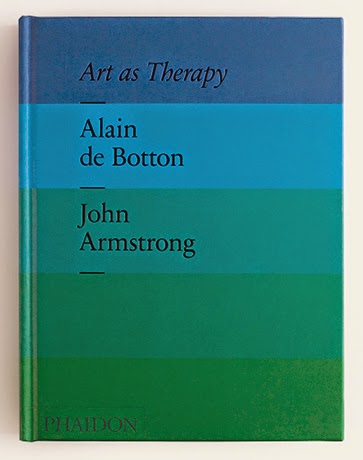1. Remembering
“Art helps us accomplish a task that is of central importance in our lives: to hold onto things we love when they are gone.” Art can commemorate significant details and help preserve fleeting experiences.
2. Hope
When the world looks grim, filled with problems and injustices that seem insurmountable, art can provide hope. Art can give us the idealized representation of what we long for.
3. Sorrow
Art can teach us how to suffer more successfully. Your every day sorrow is transformed by art into something noble.
4. Rebalancing
The ability of art to help us rebalance emotionally explains why people differ so much in their aesthetic tastes. “We hunger for artworks that will compensate for our inner fragilities” thus providing us with a sense of inner wholeness. Our weaknesses are diverse but balanced by our choices in art.
5. Self-Understanding
Art has the ability to help us understand ourselves and then to communicate who we are to others. The objects of art that we choose to surround ourselves with are our subtle, non-verbal way of telling others about our character.
6. Growth
“Growth occurs when we discover how to remain authentically ourselves in the presence of potentially threatening things.” Art that you find alien and off-putting presents you with an opportunity to find points of connection, however fragile. This discovery expands your sense of self and fosters growth.
7. Appreciation
Art helps us to stop, look and really see what is in front of us. Art lets us look at things with new eyes and see what we have been missing. With this clearer vision we can appreciate the value of ordinary life.
Submitted by: Vivian Orr, SCC Communications & Publications Coordinator
Art as Therapy by Alain de Botton and John Armstrong
Phaidon Press Limited
Copyright 2013
This book opens with the question
“What is Art For?” The authors suggest that “art for art’s sake” where art is assumed to be important and valuable “is highly regrettable, as much for the viewers of art as for its guardians.”
Instead they suggest art can be a tool, a therapeutic medium that helps our minds and emotions overcome seven common frailties.
The Seven Functions of Art
The book ends with this suggestion, “A true act of reverence for art isn’t necessarily to study it without end; it is to bring the goodness powerfully displayed in a work into active circulation.” “…we should fight to attain in reality the things art merely symbolizes, however graciously and intently.”
Last but not least, a quote from the Appendix: An Agenda for Art, “In this book, we argue that we should reclaim the idea of defining an artistic agenda. Rather than any supernatural purpose, this would focus on strictly human ends. Artists would be invited to follow an unapologetically didactic mission: to assist mankind in its search for self-understanding, empathy, consolation, hope, self-acceptance and fulfillment.”
A pretty noble goal if you ask me.
Read more about the book here.
